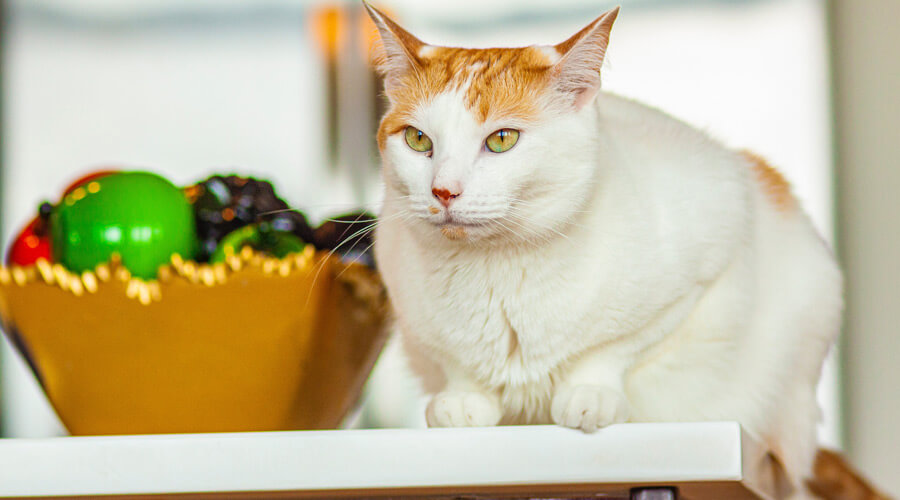With people urged to act now to improve early detection of diabetes and reduce the very high rate of diabetes in Australia, pet owners also need to be aware of diabetes in pets.
And, as a trusted pet industry professional, you can help raise awareness of diabetes in pets by discussing the signs and symptoms with your clients.
The Pet Food Industry Association of Australia (PFIAA) explains diabetes in pets in the following way.
“Diabetes mellitus (DM) is a disorder of carbohydrate metabolism due to inadequate production or changes in the body’s response to insulin, a hormone made by the pancreas that helps regulate blood sugar levels. The body needs insulin to use sugar, fat and protein from food for energy. Diabetic dogs and cats have abnormally high levels of glucose in the blood and urine.”
Symptoms of diabetes in pets
The common signs of diabetes include:
- Excessive urination
- Increased thirst
- Increased food consumption
- Weight loss
- Recurring infections (such as skin and urinary infections)
Are some pets more at risk of diabetes?
Middle to older-aged dogs and cats are most at-risk of diabetes. Although, it’s worth noting that it’s not totally uncommon for young pets to develop diabetes.
What’s more, it’s reported that diabetes occurs in female dogs twice as often as male dogs. Yet in cats, it is male cats and neutered felines that are at higher risk of diabetes.
However, just like in humans, being overweight can predispose a dog or cat to diabetes. Additionally, genetics play a role. For example, some breeds of dogs and cats are more at risk of diabetes.
The dog breeds considered more at risk of diabetes are:
- Miniature Poodles
- Dachshunds
- Schnauzers
- Cairn Terriers
- Beagles
- Samoyeds
And when it comes to our feline friends, Burmese cats are considered more at risk of diabetes than other breeds of cat.

Diabetes in pets & associated complications
Early diagnosis is critical for managing diabetes in pets. Indeed, untreated diabetic pets are more likely to develop infections and are at increased risk of bladder, kidney, or skin infections.
Additionally, diabetic dogs, and more rarely cats, can develop cataracts in the eyes. Caused by the accumulation of water in the lens, a cataract is a serious condition that can lead to blindness in pets.
Owners might not notice that their pet’s eyes have a cloudy or bluish appearance. So it’s important for pet professionals to be aware of these signs.
Less common signs of diabetes are weakness or abnormal gait due to nerves or muscles not working properly.
Preventing diabetes in pets
According to The Big Pet Diabetes Survey, published in Veterinary Sciences in 2017, one in 10 pets with diabetes are euthanized at diagnosis. Furthermore, on average one in 10 pets are euthanized within one year of the diagnosis because of lack of treatment success or compliance.
Aside from educating pet owners on the prevalence of diabetes, pet professionals are ideally placed to promote preventative measures.
Of course, prevention is always better than cure. And given the enormous impact diabetes can have on both the pet and the owner’s quality of life, it’s essential to take action to prevent diabetes from developing.
5 steps to help prevent diabetes include:
- Maintain routine veterinary check-ups
- Regular exercise
- Have female dogs spayed
- Feed quality dog food and/or follow a high protein diet with plenty of fibrous veggies (Cats can benefit from a low-carb diet.)
- Weight management
Managing pets with diabetes
Unfortunately, it’s not always possible to prevent diabetes. Yet once a pet has been diagnosed, it is critical that pet owners are active in their pet’s diabetes treatment.
However, we know that being involved in pets’ diabetes treatment can have a big impact on a pet owners’ daily routine and quality of life. Additionally, initial treatment and ongoing medicine can be very costly.
Educating pet owners on what is involved in treatment might help them take extra preventative measures. Or, if their pet has already been diagnosed, it might assist them in optimising treatment.
Essentially, pets with diabetes require medication (usually insulin injections), consistent feeding, regular exercise and minimum stress.
Insulin injections
For many pet owners, the thought of giving their companion animal insulin injections is scary. You can help put things into perspective by explaining that it’s necessary to keep their pet well.
Moreover, insulin injections don’t cause pain. In fact, the needles are very small and are injected just under the skin. So there’s no risk of damaging vital organs.
Aside from insulin injections, a high fibre, high protein diet is necessary for dogs with diabetes. And it’s recommended that cats receive a low-carb diet.
Administering insulin, monitoring animals’ blood glucose levels, keeping an eye on food consumption, as well as checking weight, water consumption and how many times the pet is urinating can take its toll.
Nonetheless, this ongoing and consistent monitoring is essential for controlling diabetes in pets. Yet unfortunately, while it’s possible to manage diabetes, it is not curable.
This is precisely why it is important to talk about diabetes in pets and educate pet owners on the preventative measures before it’s too late.
Information sources:
Pet Food Industry Association of Australia
American Veterinary Association
Stijin et al, The Big Pet Diabetes Survey: Perceived Frequency and Triggers for Euthanasia. Veterinary Sciences, May 2017
Latest posts by Liz Walden (see all)
- Pet health: Medicinal cannabis for pets - December 27, 2021
- What pet business insurance do I need? - November 17, 2021
- Pet sitters: how to take time off - November 15, 2021












Leave A Comment